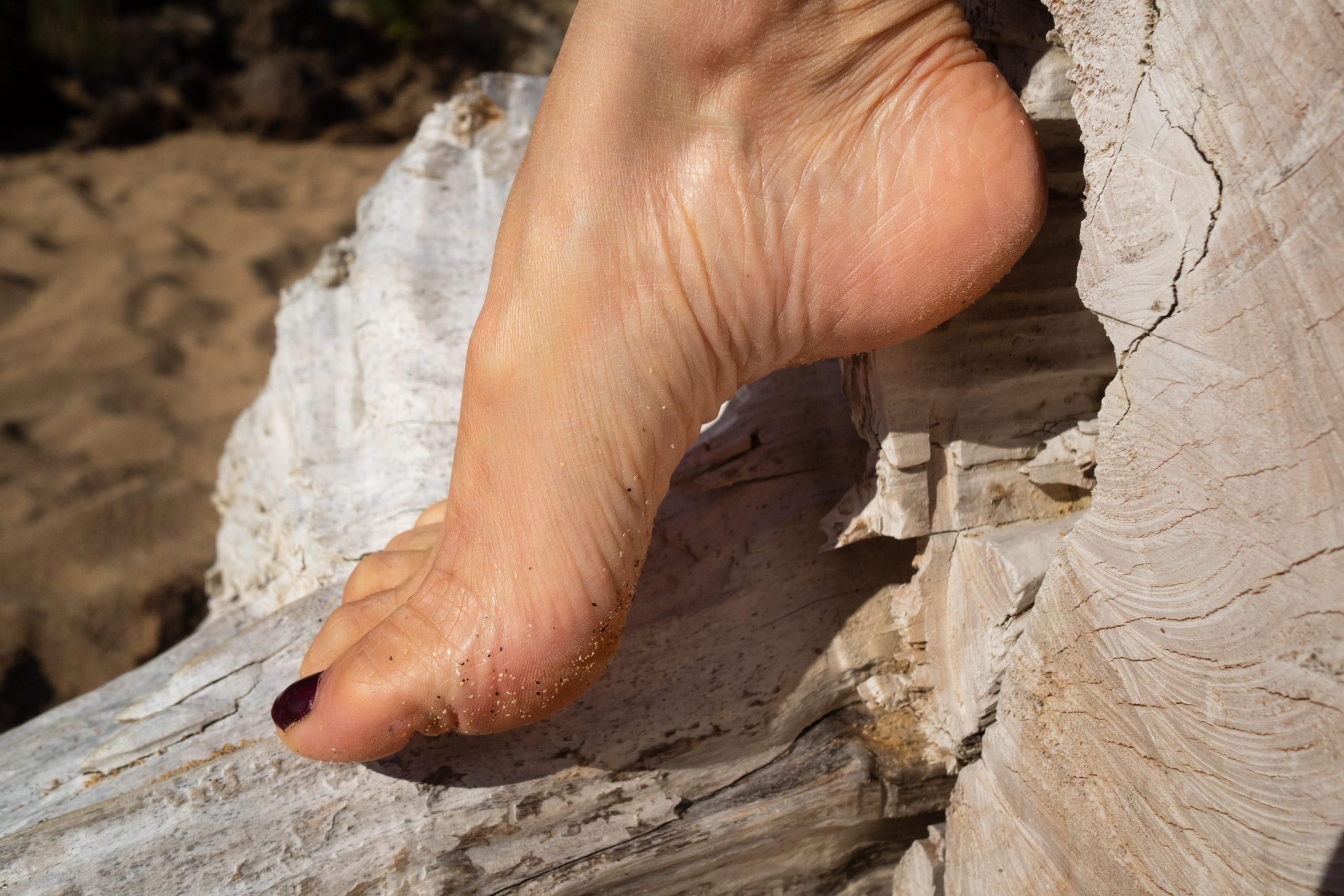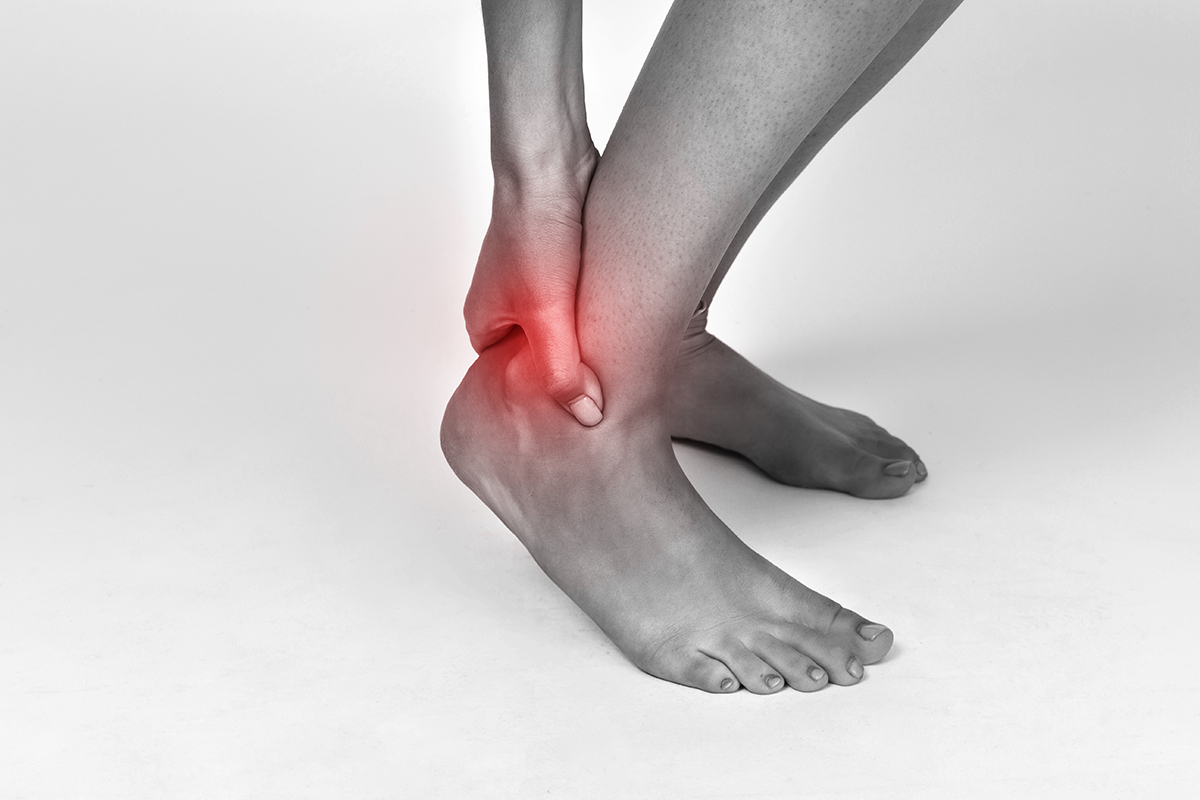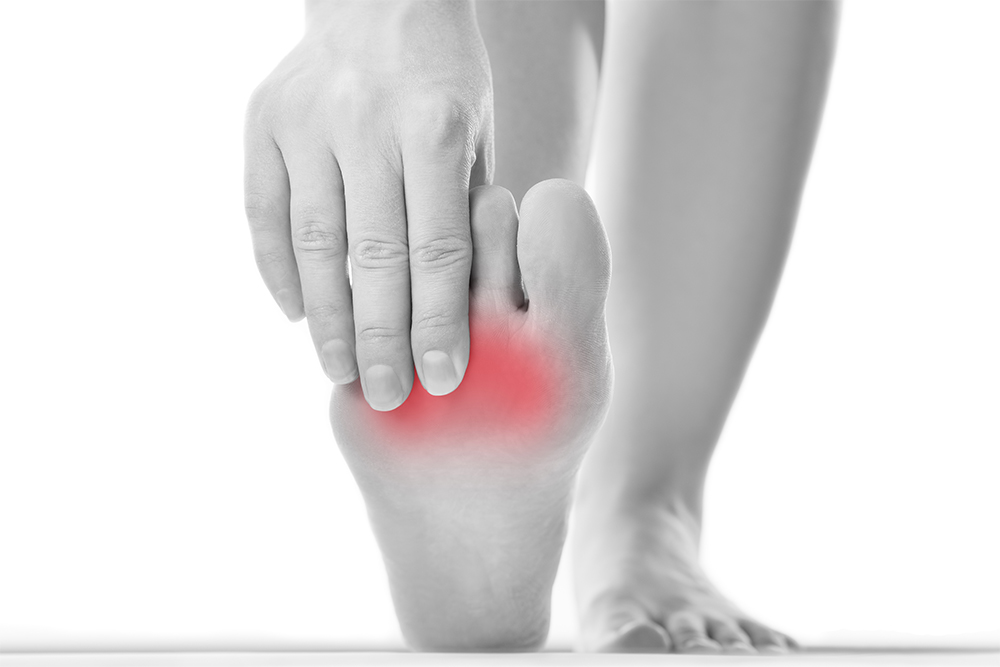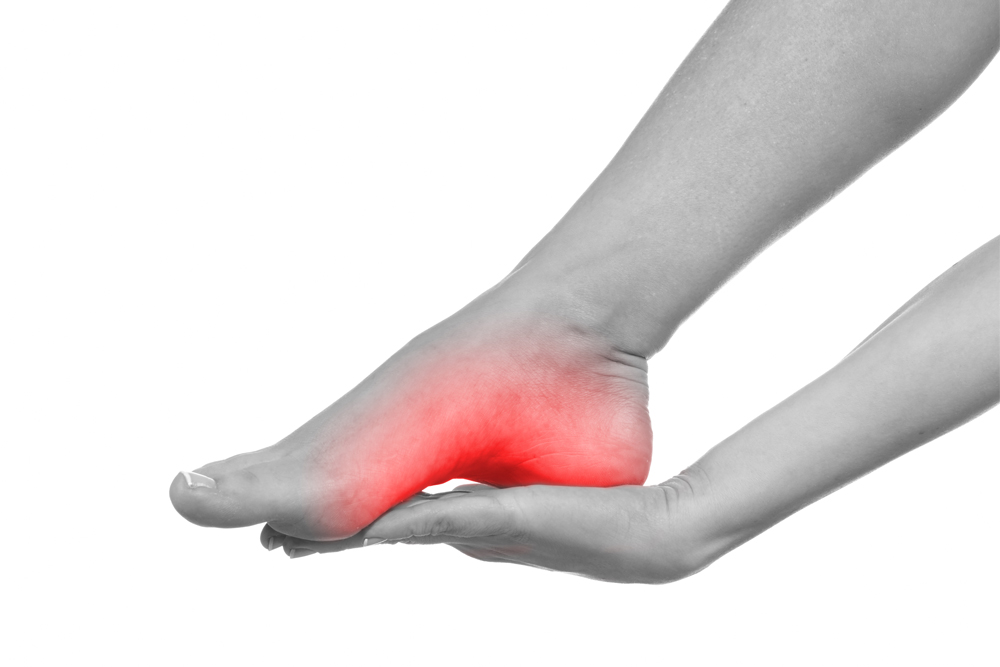
Charcot-Marie-Tooth (CMT) describes a group of different conditions that impact the peripheral nervous system. These nerves transmit sensory and motor (movement) messages from the muscles of the extremities (hands, feet, legs) to the brain via the spinal cord. CMT is estimated to affect 1 in 2500 Australians based on international studies [1], although recent research in NZ and Europe indicates it may be rarer than this [2].
CMT symptoms and diagnoses often begin in adolescence or childhood, but may go undetected into adulthood. It is rarely life-threatening but occasionally affects the muscles in the chest which leads to respiratory problems.
What causes CMT?

CMT is caused by genetic mutations. It affects genes that contain the instructions for how the body produces the proteins that allow our peripheral nerves to function correctly. These errors mean the nerves are no longer able to effectively transmit messages. The errors are more likely to affect longest nerves first, hence the peripheral nerves at the feet and hands are often the first areas to show symptoms.
Although CMT is often inherited, it may not be obvious in the family history as several types are recessive (hidden) and others predominantly affect males but are not passed down from father to son. The different types of CMT result from different genetic mutations and it is possible to suffer from multiple types together.
What are the symptoms?
The symptoms of CMT will differ depending on the type of CMT, but may include:
- Muscle weakness in the extremities
- Foot drop
- Ankle sprains/fractures
- Trips and falls
- Abnormal gait
- Extremely high arch (pes cavus)
- Curled toes
- Reduced sensation in the feet and lower legs
- Poor balance
- Pain in the nerves (neuropathic pain)
- Joint pain (often as a result of abnormal gait)
- Dry skin and hair loss in the affected area
- Hand weakness and loss of fine motor skills
- Tremors
How is CMT treated?
Currently, there is no cure for CMT. It is progressive, meaning that it will worsen over time. Treatment focuses on keeping you as comfortable and mobile as possible, and helping you manage your symptoms.
As the nerves and muscles of the feet are often the first to be affected, we can help you with:
- Neurological assessment to determine the extent of muscle weakness and loss of sensation to potentially harmful stimulus
- Custom orthotics to help with, ankle instability and muscle weakness
- Foot, leg or ankle braces (such as Ankle-Foot Orthotics) to improve support
- Orthopaedic shoes to assist with comfort and stability during gait
- Muscle strength training exercises to help promote foot and leg function by maintaining strength in weakened muscles
- Stretching program to address tight muscles to help support foot and leg function
In severe cases, orthopaedic surgery may be indicated to help correct deformities and reposition elements of the foot.
References
- Skre H. Genetic and clinical aspects of Charcot-Marie-Tooth’s disease. Clin Genet. 1974;6(2):98‐118. doi:10.1111/j.1399-0004.1974.tb00638.x
- Theadom, Alice & Roxburgh, Richard & MacAulay, Erin & O’Grady, Gina & Burns, Joshua & Parmar, Priya & Jones, Kelly & Rodrigues, Miriam. (2019). Prevalence of Charcot-Marie-Tooth disease across the lifespan: a population-based epidemiological study. BMJ Open. 9. e029240. 10.1136/bmjopen-2019-029240.





